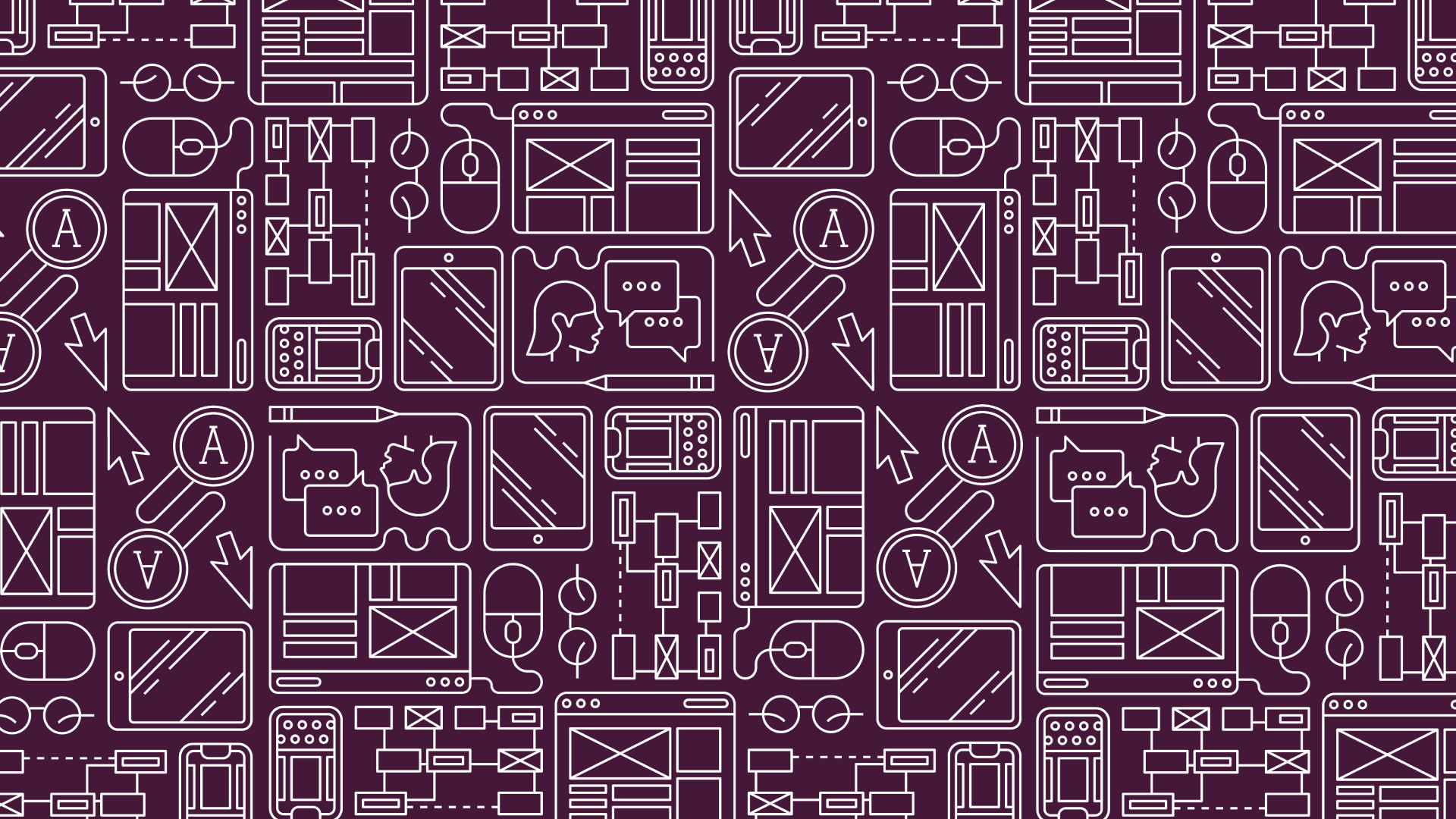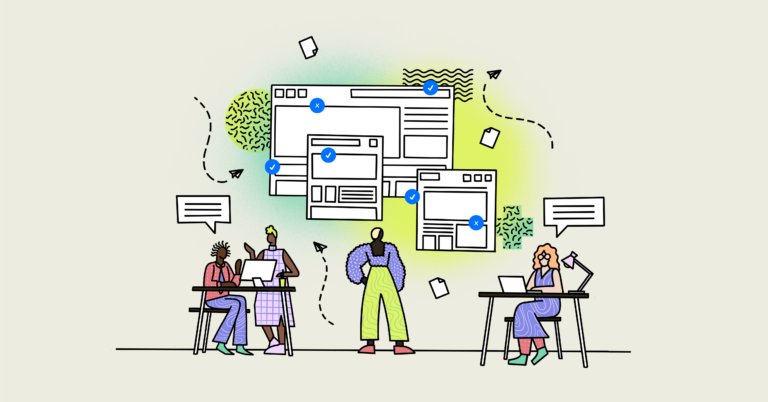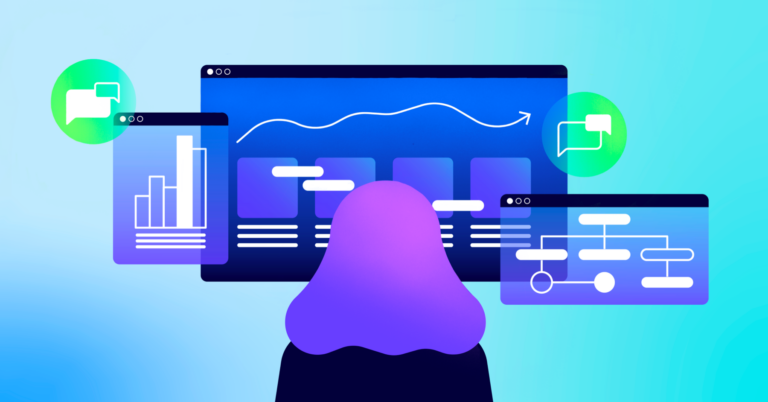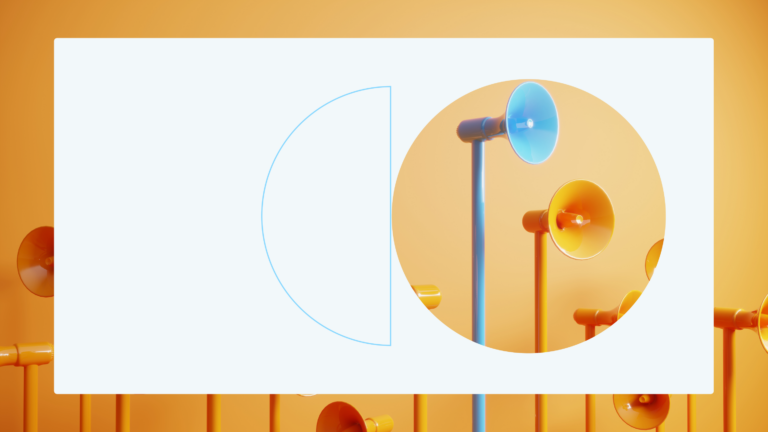Market research isn’t enough; Understand your customers with UX research

User experience research and market research can be easily confused since the two types of research involve studying the user of the product or service. It also doesn’t help that many research methods, including diary studies, focus groups, data analysis, and more, are facilitated by both user experience researchers and market researchers. Thankfully, there is a need for both to make the most out of the product or service.
The difference between market and user experience research
Market research is an investigation into understanding the market to identify the target audience, as well as their needs, values, and purchasing behaviors, with the intended purpose of marketing or selling the product or service to the customer. A large number of participants or base is needed as a sample of the population to reflect the diversity of demographics and wide variety of thought. This large base of potential or existing customer opinions defines market size, demographics, and attitudinal and behavioral distinctions that ultimately create target groups known as segmentations. If the research objective is to assess the value proposition or determine viability in the market, the business should invest in market research.
User experience (UX) or user research focuses on exploring user behaviors and discovering their unmet needs, values, and expectations to identify opportunities to create or improve the product or service for optimal utilization by the user. UX research requires a smaller base of potential or existing users in order to get a more in-depth examination or observation into the nuances of user behavior. The smaller base allows researchers to investigate behavioral quirks and decision-making, goals, and pain points that can inform archetypes to eventually make empathetic recommendations for design updates and considerations for creating new offerings. If the research objective is to understand user behaviors or evaluate the product or service’s functionality, the business should invest in UX research.
For even more confusion, there are segmentations, archetypes, and personas, which are all used to better understand the customer or user. Below are the differences between each:
Segmentations
In market research, segmentation uses commonalities in demographics, purchasing behaviors, and psychographics to create groups within the target market to approach with specific messaging that encourages purchasing or triggers the usage of a product or service.
Archetypes
In UX research, archetypes incorporate user behavior, attitudes, motivations, and pain points gathered qualitatively and quantitatively to create abstract user types for UX researchers and designers to consider while developing, improving, validating, and prioritizing experiences within a product or service.
Personas
In both UX research and market research, personas are the personification of the data. Practitioners may personify the segmentations or archetypes to create a fictional biography of the user that represents a segment or archetype. This usually helps clients relate to the customer and make them “real” as they consider how to market to the customer. Personas can also help researchers and designers empathize with the user and see them more clearly as a human with needs and goals while making recommendations for a product or service.
Market research: a complement, not a substitute
Both types of research use many of the same quantitative and qualitative methods, making it difficult to understand why multiple surveys ask the same or seemingly similar foundational questions. Ultimately, market research focuses on the opinions of the customer, while UX research focuses on the actions of the user. Therefore, the insights from each type of research will vary greatly, even if similar quantitative surveys or focus groups are being conducted.
The motivations of the research distinguish where the findings can be appropriately applied, but some of the data can be complementary in other kinds of studies. For example, a survey to determine which messages resonate with one segment of the target audience over another segment is great for marketing. Where the customers are asked to react to one message that features puppies and another that features textbooks and learn that the youngest and oldest generations enjoyed the nostalgic feelings of the puppy ad, while the middle generations enjoyed the trustworthy nature of the textbooks ad more. However, this information will not help improve the product or service. A user research study might use that same segmentation to determine who to include if there is not an established user database, but their study would dig into how each of those user types are using the product, what features are working well or not well, opportunities for new offerings, unexpected experiences, motivations for using the product, and more.
Businesses that have previously conducted market research and want to improve their product or services through UX research don’t always have to start from scratch. If the raw data is healthy, UX researchers might be able to determine the following before even starting a new study:
- Who is the target audience?
- When do they use the product or service?
- Why do they use the product or service?
- How do they use the product or service?*
*UX research will further investigate
Benefits of UX research
Incorporating research throughout the design process is necessary to understand how users engage with the product or service. We have broken down the four major iterative design research stages: Discover, Explore, Test, and Listen. Below we’ll share how each stage aligns with market and/or user experience research.
Discover
This stage is about learning about the market, validating the idea, and identifying opportunities—market research. Once that initial research is complete, UX researchers can do a deeper dive qualitatively into the expectations and needs that the product or service will fulfill. Those findings can help inform the wireframing of the design, assisting with the overall actualization of the product or service.
Explore
During this stage, the idea or challenge becomes more defined. Let’s say there have been several customer complaints about not being able to find a page on a website. A UX researcher might conduct a card sorting activity to determine a more practical location to meet the user’s expectations and reduce time waste and bounce rates.
Test
While testing, the idea undergoes different scenarios to assess feasibility and intuitiveness. Any new offering needs to be tested before launching. UX researchers want to ensure that the product or service works as intended and meets the needs and expectations of the user. Consequently, the product or service becomes even more valuable and competitive in the market.
Listen
Over time users will have feedback on the product or service, and the business should listen for areas to improve, challenges users are facing, and opportunities to expand offerings. UX researchers can set up feedback surveys to stay abreast of users’ sentiments to help build a relationship with the user and trust in the company.
Don’t stop at market research; understand your customers’ needs with UX research
The motivations of market research and user experience research are very different, but as we’ve shown can complement each other nicely. Our team’s design decisions are always grounded in extensive design research to ensure our client’s customers or employees get the right solutions and best experiences. When you’re thinking about your product, whether it’s new or an iteration, you can’t rely solely on the opinion of “what will sell it,” you need to ensure you understand “what users want and need” from your product. UX research will ensure you’re providing value to your customers.
Are you looking to improve your digital products and services? Our UX Researchers can help you understand what improvements your customers want and need. Chat with our experts today!



